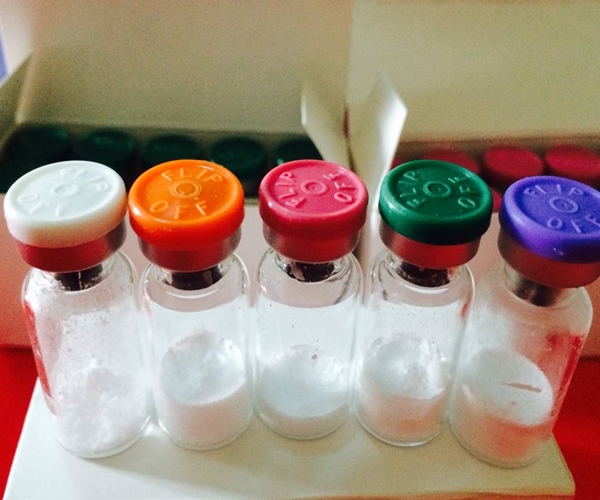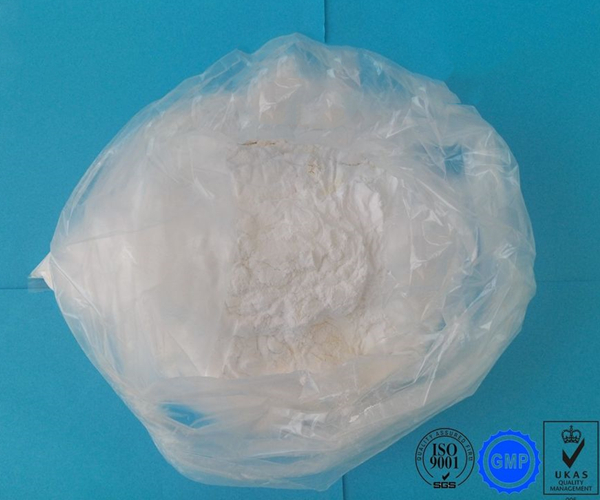1.MT-1 (or Melanotan I,or Afamelanotide,or CUV-1647) is a synthetic analog of peptides nature of endogenous melanocortine peptide alpha-melanocyte stimulating hormone.It has hormones nature as well as common proteins features.Metallothioneins(MTs) are cysteine-rich metal-binding proteins that are potentially involved in zinc homeostasis and free radical scavenging. The expression pattern of MT-1 and the binding activity of various MT-1 promoter elements were investigated after mild focal cerebral ischemia in the rat. Transient focal ischemia was induced by occluding both common carotid arteries and the right middle cerebral artery for 30 min. By the use of real-time quantitative PCR, a 10-fold increase in MT-1 and -2 mRNA levels was found in the cortex 24 hr after reperfusion.
2.Afamelanotide was specifically developed by American scientists LED by V.Hruby in 1991 as a possible research compound that can be used against skin cancer by stimulating tanning system which in own turn would generate protective natural tan during melanogenesis.So that synthetic analog was created to determine if it can show the same effect and stimulate melanocytes to produce and release melanin to protect skin from UV.Most of studies and trials were conducted in United States and Australia.
3.Developed research compound is quite stable cyclic form of original hormone but specifically has much longer half-life period.It works as agonist of specific melanocortin receptor and possesses such property as being selective;And thus it promotes increased level of eumelanin above usual pheomelanin,which provides higher efficacy of photoprotection abilities.
4.Melanotan-I is a synthetic hormone that is stimulating the release of melanocyte-hormone in animal cells. These melanocyte-hormones are the ones responsible for the pigmentation of the skin due to their interaction with melanocortin-1 receptors in the epidermis. These hormones are being released from the pars intermedia of the pituitary glands in some of the eukaryotic animal species. Sin embargo, these are also prominent in the keratinocytes and the melanocytes of the human skin.














